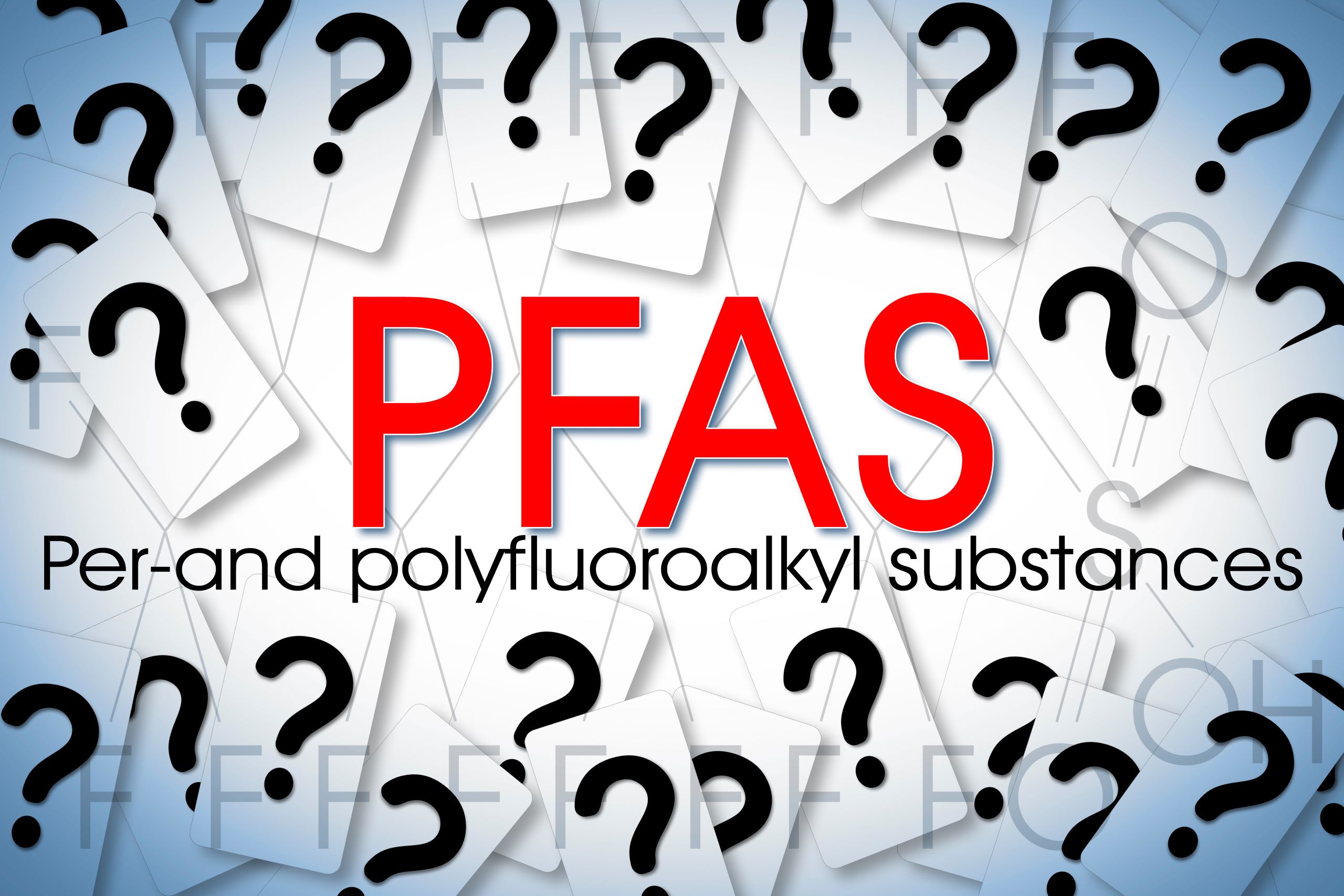
PFAS, or per- and polyfluoroalkyl substances, have been in the news in recent years due to the potential health and environmental effects of these “forever chemicals”. PFAS have been widely used for decades, however, the chemistry doesn’t break down readily and persists in the environment, and studies show many PFAS are found in the blood of people and animals all over the world and are present at low levels in some food products and the environment.
Since 2020, many new regulations governing the use of PFAS both past and present have been adopted worldwide. The European Union has proposed a ban on the substances. The U.S. Environmental Protection Agency (EPA) has taken several major actions under different federal statutes to address PFAS. A Toxic Substances Control Act (TSCA) amendment added Section 8(a)(7) which calls for reporting and recordkeeping requirements for anyone who has “manufactured a chemical substance that is a [PFAS] in any year since January 1, 2011[,]” to report certain information, and additionally developed a PFAS Strategic Roadmap to continue to regulate these chemicals. Many other states have proposed their legislation, some going as far as to ban the use and sale of them as well.
But what exactly is a PFAS and should your company be concerned about them? EPA’s current definition of PFAS is a substance that has two adjacent, saturated carbons, one with at least two fluorine atoms, one with at least one fluorine atom, and neither having an attached hydrogen atom, however, the Organization for Economic Cooperation and Development’s (OECD) definition of PFAS is much broader. Depending on the definition, this includes upward of 10,000 different chemistries.
Given that the definitions are so broad, these chemicals can be used in everything from textiles, cookware, cell phones, semiconductors, aircraft, solar panels, batteries, and medical devices. Given their widespread use, your business may have PFAS-containing products onsite that you do not know about. A few areas of concern for PFAS exposure are in fire suppression systems. Foam fire suppressant commonly contains PFAS, so if your building contains one of these systems, it might be a good idea to analyze whether the system should be replaced.
Fluoropolymers are also an area of concern and are not the same as the PFOA or PFOS, or other short-chain PFAS. Many legislators are lumping them in the same category even though research has shown them to have established safety profiles and that they are large, stable, inert, and not water-soluble. It is a common practice for HDPE containers to be fluorinated to make them more resistant to harsh chemistries such as solvents and acids, including IBC totes, so disposal of such containers should be done with care.
Ultimately, PFAS legislation will continue to move forward in the U.S. and elsewhere, so it is important to stay informed and be aware of the potential impacts it might have on your business and your supply chain. As businesses strive to navigate the complex terrain of PFAS regulations, it is a good practice to proactively engage with regulatory developments, collaborate with industry peers, and invest in sustainable alternatives to not only safeguard your company’s reputation but also contribute to the broader mission of mitigating the adverse effects of PFAS on our ecosystems and human health. By doing so, businesses can position themselves as pioneers in the sustainable movement, driving positive change, and ensuring a healthier, safer future for both the environment and society at large.
